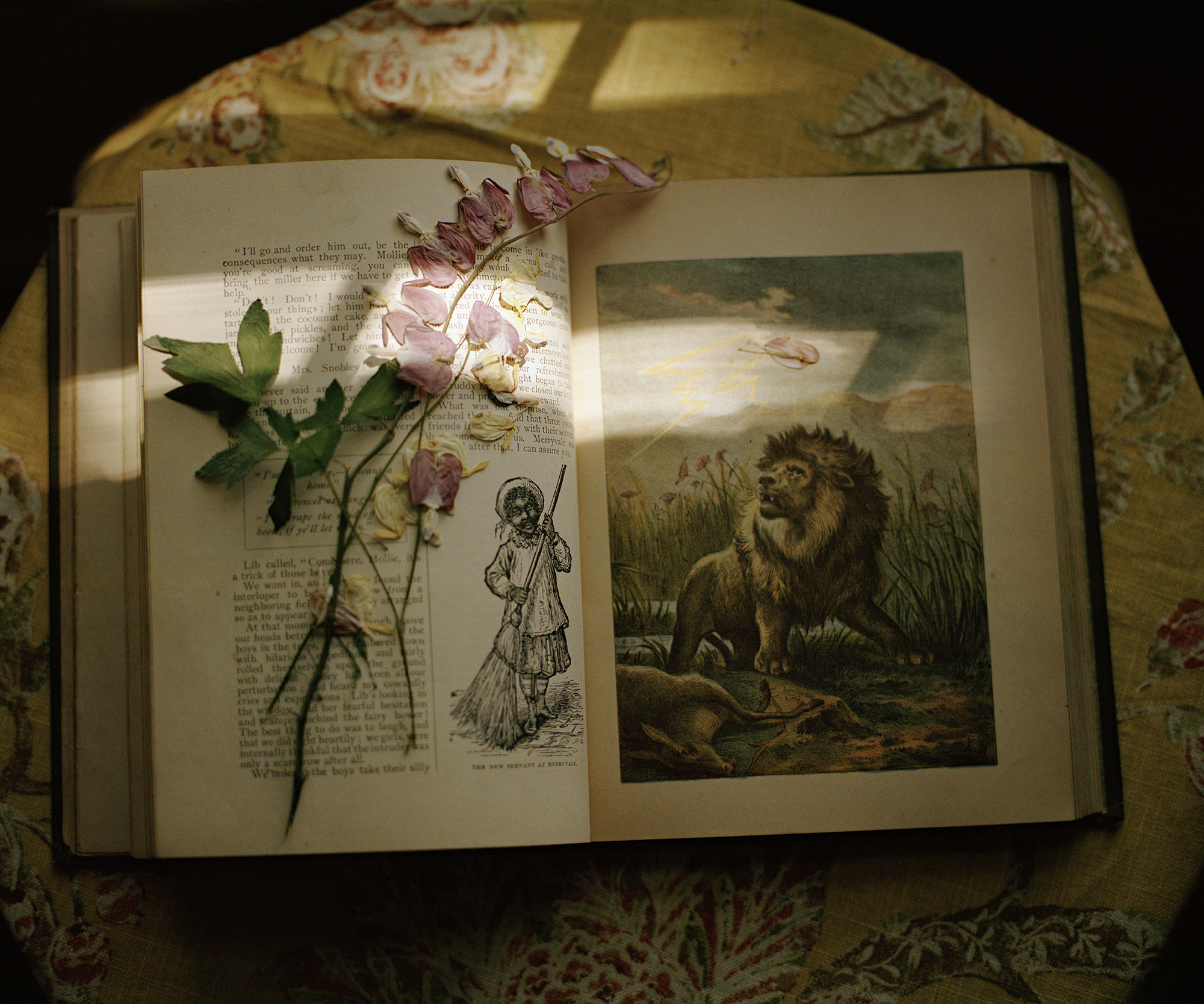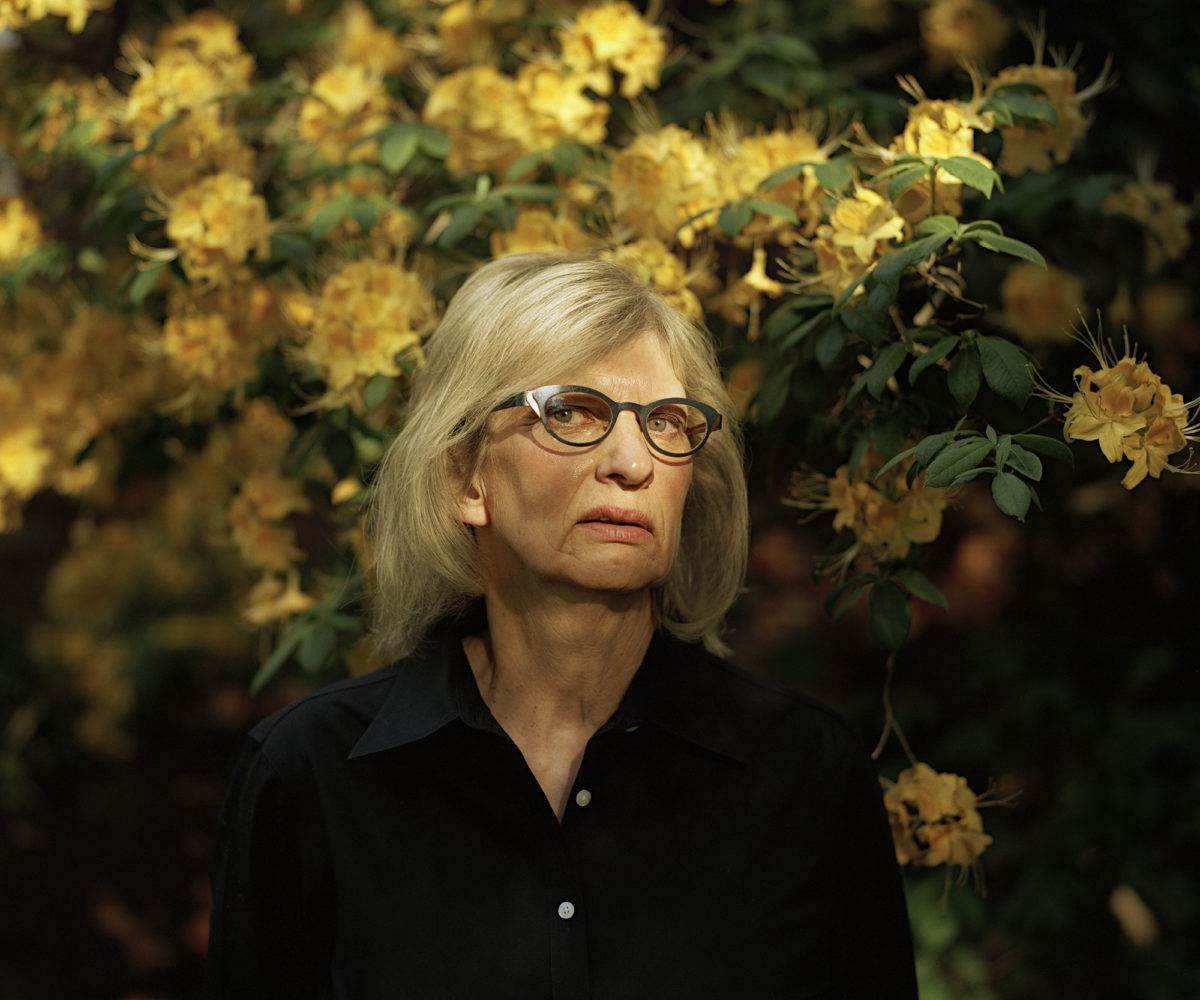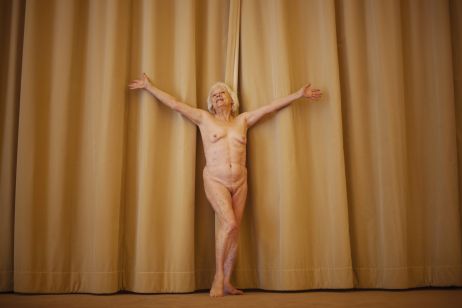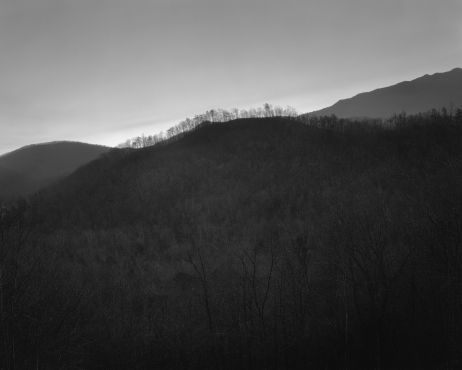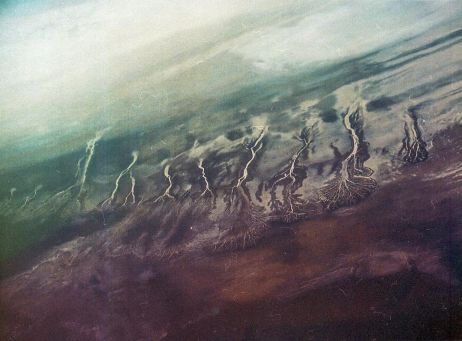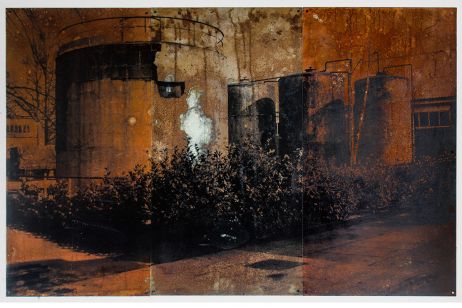What would myths and folktales look like if they were photographs? With his The Prevailing Winds of Hills and Heritage series, Aaron Blum gives this question a very personal answer. Exploring the land and the culture in which he was born, the West Virginian photographer engraves an anthology of his own Appalachia.
The amber air of Appalachia is dense. The atmosphere is doused in legends, local traditions, and stereotypes from the outside. Stretching along the namesake mountains, Appalachia is a cultural region of the United States. It is what photographer Aaron Blum calls “the place where the prevailing winds whisper old stories to those who know how to listen”.
Blum belongs to the ethnic group of the Scots-Irish, the region’s first European settlers. “I am an eighth-generation Scots-Irish West Virginian and my wife is a twelfth”, he tells us, “so I have a deep family connection to this place and its culture.” After graduating from West Virginia University, Blum moved from his hometown to Pittsburgh. That is when he began to feel a profound attachment to his land, and an urge to dig into his roots and the myths that kneaded them.
Aware of the stereotypes that weigh on his homeland – 20th century yellow journalism depicted Appalachians as isolated, ignorant and violent – and of the idealized bias of his own perspective, Blum’s representation of the region is intensely symbolical. The shots are carefully crafted to condense the multilayered spirit of each object. Not only does Blum use an analog camera but he also deeply researches the subject before capturing it.

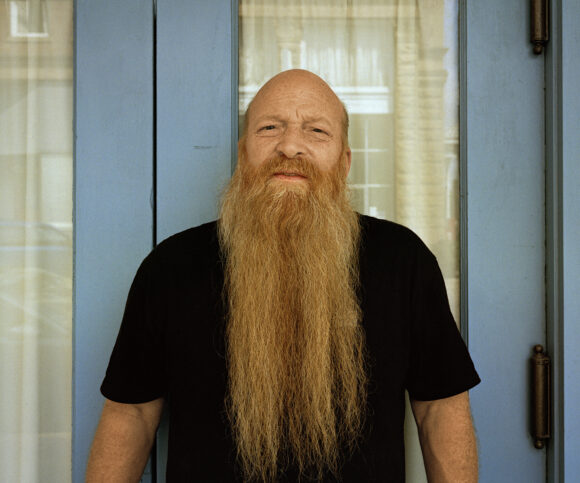
With the vision of a documentary, The Prevailing Winds of Hills and Heritage is rather a personal composition. Blum shoots real elements, but he arranges allegorical poses, waiting for the natural light to match with the slow pace of the atmosphere. In his study of mythology, Roland Barthes dismisses the relevance of truthfulness as a criterion to judge myth, and Blum also places meaning over verity. To him, photography itself cannot aim to be truthful – the simple act of framing has a selective bias. Storytelling, rather than documenting, is Blum’s photography’s real aim.
Matching the “feel” and the “look” is at the core of Blum’s approach. Photography allows him to craft his own mythology, his personal representation of the Appalachian identity. “In one aspect (photography) is a mirror for me to see myself and in another it allows me to understand cultural markers of a very misrepresented and misunderstood place” Blum tell us. While folktales usually exist orally, Blum’s intent is to add a visual record to such traditions.
All Blum’s series focus on Appalachian identity, but The Prevailing Winds of Hills and Heritage zooms specifically on the region’s storytelling traditions. The opening picture of the series is one of a children’s fables book, with a pressed flower resting on it. Blum composed this picture as the figurative entry point into his photographic anthology of Appalachia. “The book is a very old book of my mother’s, she collects very old copies of books especially children’s fables” Blum tells us, “And she often used pressed flowers as a bookmark”. Striped by a beam of warm sunlight, it is an apologue of folkloric narration and idyllic memory.
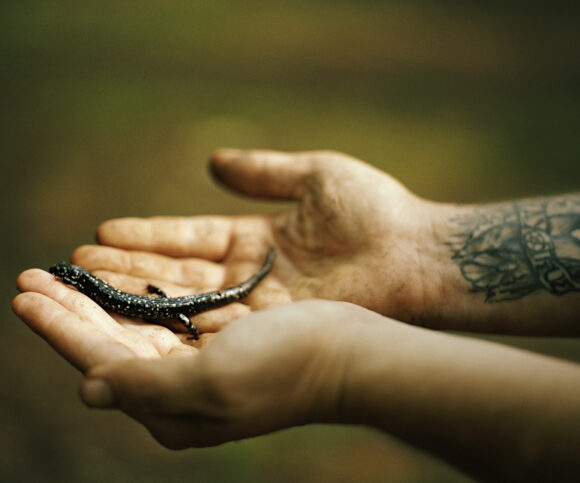
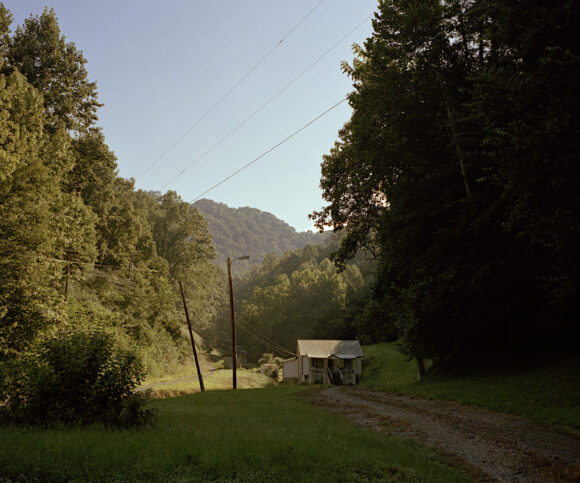
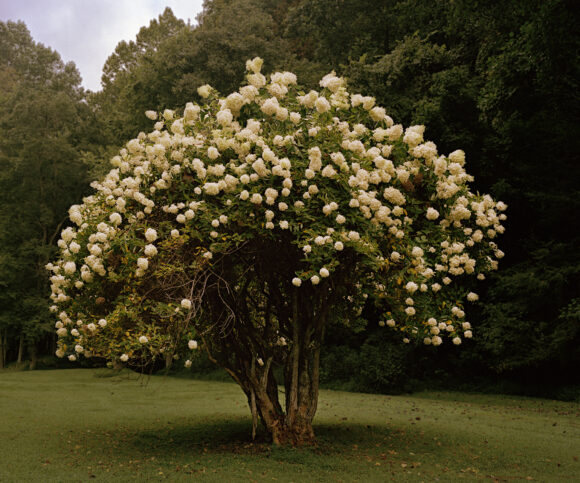




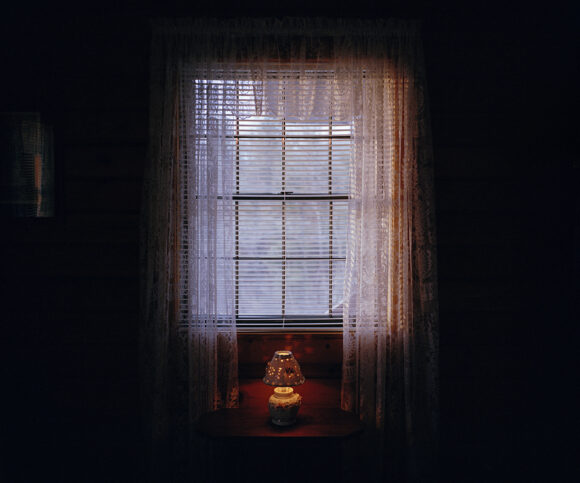
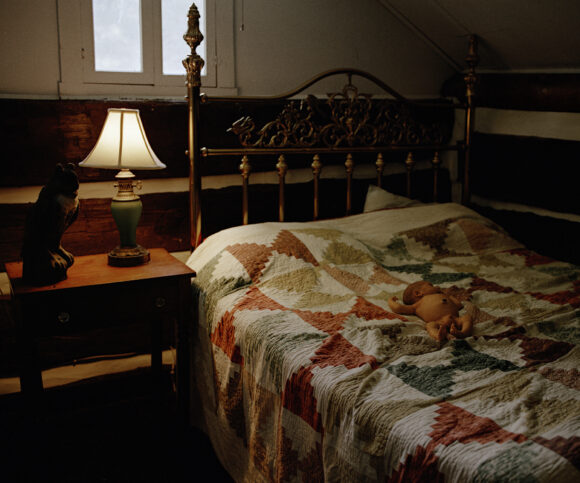
Images from “The Prevailing Winds of Hills and Heritage” © Aaron Blum
